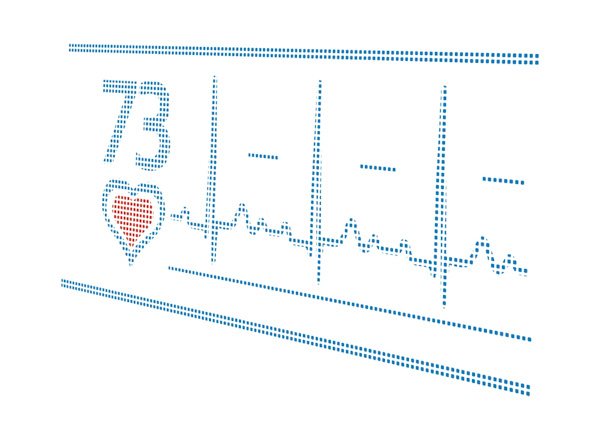Learn EKG Interpretation - Lessons, Drills, Quizzes
Learn Rapid EKG using our teaching modules with exercises. Each module includes lecture materials as well as interactive question and answer exercises. Most courses also have a quiz.

EKG Basics Free
Learn the basics of EKG interpretation and practice with our course exercises and quizzes.
Rhythm Analysis Free
The fundamental concepts and practices for rapidly interpreting EKGs are established in this module. Interactive exercises reinforce the materials presented.
Sinus Rhythms Free
This module focuses on the morphologic features and qualifying criteria of sinus rhythms.
Atrial Rhythms Free
Beginning with a review of rhythm analysis fundamentals, this presentation covers atrial rhythms focusing on morphologic features and qualifying criteria.
Junctional Rhythms Free
After a brief review of cardiac rhythm analysis, this module focuses on the morphologic features and qualifying criteria of junctional rhythms.
Perform 12-Lead Free
Learn how to take 12 lead EKG, including preparation, application of electrodes and handling artifact.
Heart Block Rhythms
Our heart block rhythms modules begins with a review of rhythm analysis, then covers the morphologic features and qualifying criteria.
Ventricular Rhythms
After a brief review of ventricular rhythm analysis, this module focuses on the morphologic features and qualifying criteria of ventricular rhythms.
Cardiac Monitoring
Learn the fundamentals of cardiac monitoring. Lessons with questions and answers.
Pacemaker Rhythms
This pacemaker rhythms module reviews EKG rhythm analysis, followed by a presentation of morphologic features and qualifying criteria.
Bundle Branch Block
Learn to recognize the morphologic features and criteria for complete left or right bundle branch block. Practice exercises available.
Left Ventricular Hypertrophy
Learn 12 lead EKG as it relates to left ventricular hypertrophy. Practice EKG exercises.
Ischemia, Injury & Infarction
Learn the fundamentals of 12 lead EKG including views, heart anatomy, indicative & reciprocal views. Practice recognizing EKG changes caused by STEMI.
12-Lead EKG Axis
Learn the fundamentals of electrical axis determination and axis deviation.
?
main Pv# 1 , InitialPages , pix False , #Drops 0 ;